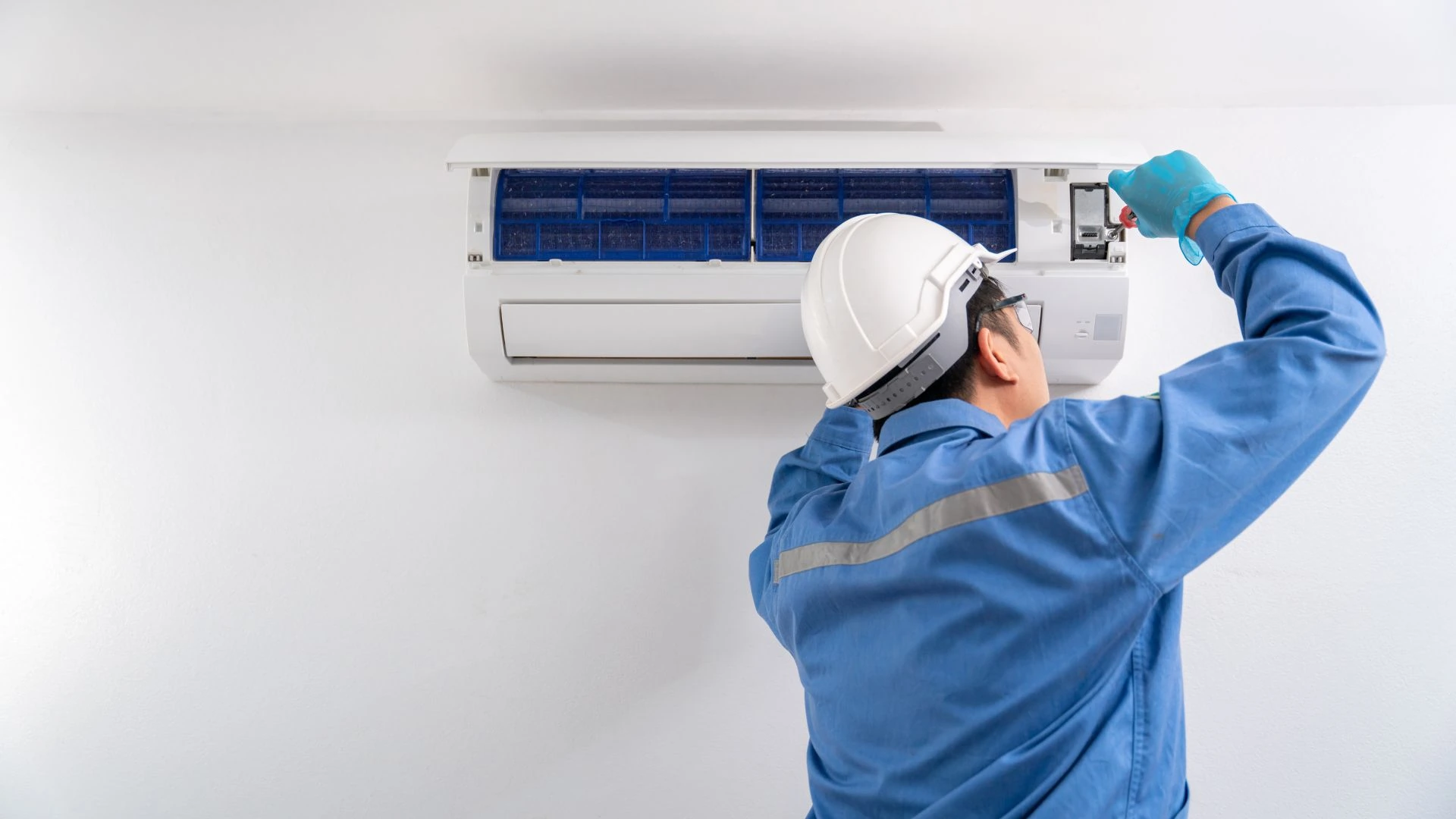Indoor Air Quality
Our humidifiers, electrical air cleaners, and dryer vent services are designed to combat low humidity problems and purify the air in your home. Take advantage of our maintenance plans to keep your system running smoothly.
Humidifier
A humidifier is a device that increases humidity (moisture) in a single room or an entire building. In the home, point-of-use humidifiers are commonly used to humidify a single room, while whole-house or furnace humidifiers, which connect to a home’s HVAC system, provide humidity to the entire house. Medical ventilators often include humidifiers for increased patient comfort. Large humidifiers are used in commercial, institutional, or industrial contexts, often as part of a larger HVAC system.
Low Humidity Problems
Excessively low humidity may occur in hot, dry desert climates, or indoors in artificially heated spaces. In winter, especially when cold outside air is heated indoors, the humidity may drop as low as 10-20%. This low humidity can cause adverse health effects, by drying out mucous membranes such as the lining of the nose and throat, and can cause respiratory distress.[1] The low humidity also can affect wooden furniture, causing shrinkage and loose joints or cracking of pieces. Books, papers, and artworks may shrink or warp and become brittle in very low humidity.
In addition, static electricity may become a problem in conditions of low humidity, destroying semiconductor devices and causing annoying static cling of textiles, and causing dust and small particles to stick stubbornly to electrically charged surfaces.
Electrical Air Cleaner
Air purifier is a device which removes contaminants from the air in a room. These devices are commonly marketed as being beneficial to allergy sufferers and asthmatics, and at reducing or eliminating second-hand tobacco smoke. The commercially graded air purifiers are manufactured as either small stand-alone units or larger units that can be affixed to an air handler unit (AHU) or to an HVAC unit found in the medical, industrial, and commercial industries. Air purifiers may also be used in industry to remove impurities such as CO2 from air before processing. Pressure swing adsorbers or other adsorption techniques are typically used for this.
Dryer Vent Service
NewTown Energy Inc. offers the following Dryer Vent solutions:
- Dryer Vent Replacement
- Dryer Vent Repairs
- Dryer Vent Maintenance
- Dryer Vent Installation
Use and Benefits of Purifiers
Dust, pollen, pet dander, mold spores, and dust mite feces can act as allergens, triggering allergies in sensitive people. Smoke particles and volatile organic compounds (VOCs) can pose a risk to health. Exposure to various components such as VOCs increases the likelihood of experiencing symptoms of sick building syndrome. Additionally, with the advancement in air purification technology[vague], air purifiers are becoming increasingly capable of capturing a greater number of bacterial, virus, and DNA damaging particulates.[citation needed] Air purifiers are used to reduce the concentration of these airborne contaminants and can be useful and wholesome for people who suffer from allergies and asthma.
Purifying Techniques
Several different processes of varying effectiveness can be used to purify air.
Thermodynamic sterilization (TSS) – This technology uses heat sterilization via a ceramic core with micro capillaries, which are heated to 200 °C (392 °F). It is claimed that 99.9% of microbiological particles – bacteria, viruses, dust mite allergens, mold and fungus spores – are incinerated. The air passes through the ceramic core by the natural process of air convection, and is then cooled using heat transfer plates and released. TSS is not a filtering technology, as it does not trap or remove particles. TSS is claimed not to emit harmful by-products (although the byproducts of partial thermal decomposition are not addressed) and also reduces the concentration of ozone in the atmosphere.
Maintenance Plan Service: Residential Maintenance Feature
Several different processes of varying effectiveness can be used to purify air.
Thermodynamic sterilization (TSS) – This technology uses heat sterilization via a ceramic core with micro capillaries, which are heated to 200 °C (392 °F). It is claimed that 99.9% of microbiological particles – bacteria, viruses, dust mite allergens, mold and fungus spores – are incinerated. The air passes through the ceramic core by the natural process of air convection, and is then cooled using heat transfer plates and released. TSS is not a filtering technology, as it does not trap or remove particles. TSS is claimed not to emit harmful by-products (although the byproducts of partial thermal decomposition are not addressed) and also reduces the concentration of ozone in the atmosphere.
Have Questions?
